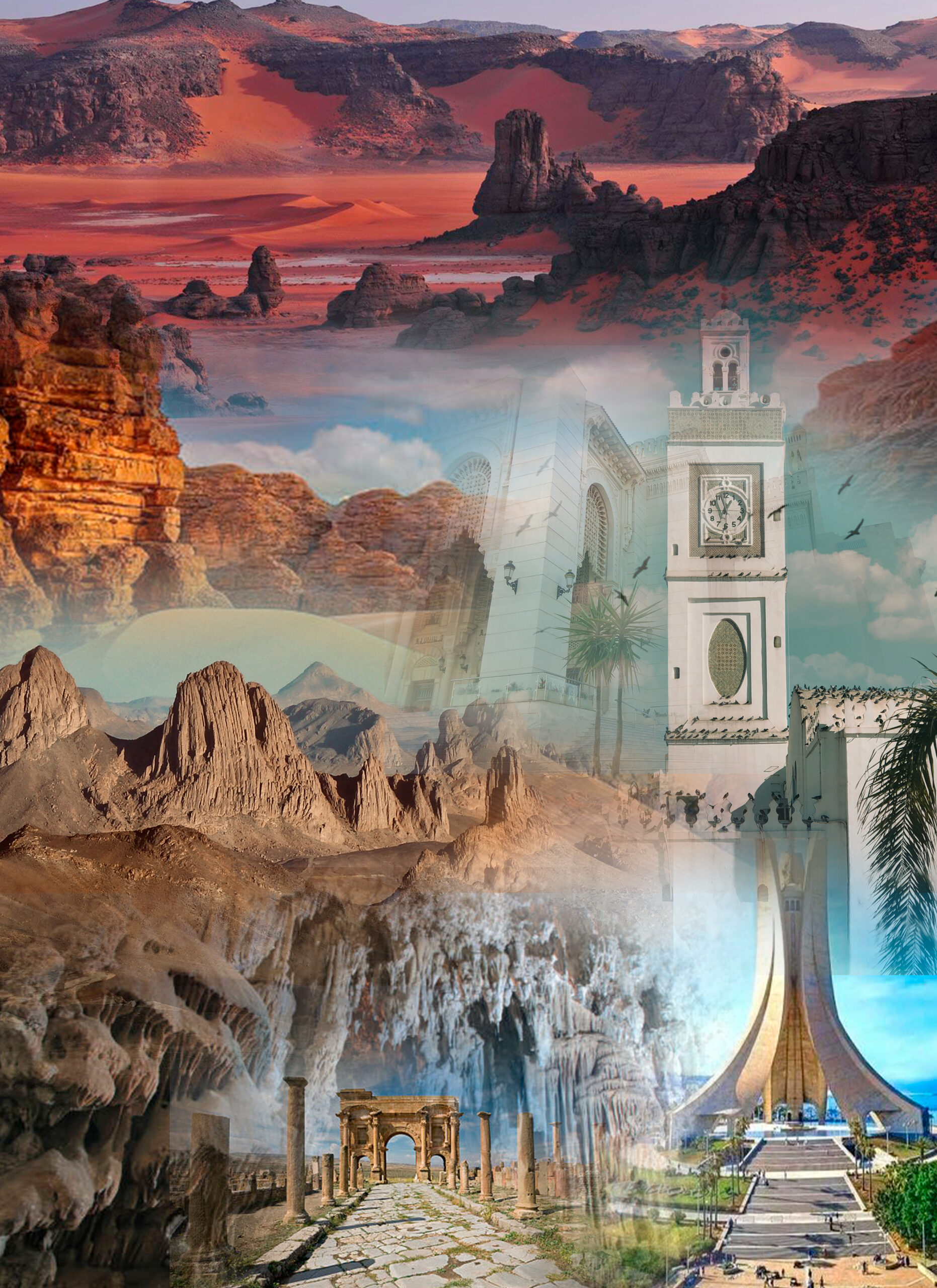Unveiling the Historical Significance, Architectural Marvels, Artistic and Cultural Delights, Spirits, and Gastronomy of Madagascar’s Coastal Gem

Toamasina, located on the eastern coast of Madagascar, invites travelers to discover its rich historical significance, captivating architecture, vibrant art scene, tantalizing gastronomy, and a myriad of exciting events and activities. Join us as we delve into the essence of this coastal gem.
Historical Significance:
Toamasina holds a significant place in Madagascar’s history as the country’s primary seaport and gateway to the Indian Ocean. The city played a pivotal role in facilitating trade between Madagascar and other parts of the world. Exploring the historic district of Analakely allows visitors to witness the remnants of this vibrant past, with colonial-era buildings and bustling markets showcasing the city’s trading heritage. The iconic Hotel Colbert, a testament to French colonial architecture, stands proudly as a reminder of Toamasina’s historical significance.
Architecture & Natural Splendors:
Toamasina’s architectural landscape is a captivating blend of colonial, Creole, and traditional Malagasy styles. The city’s streets are lined with colorful wooden houses adorned with intricate balconies and verandas, reflecting the influence of both French and Malagasy cultures. The nearby Pangalanes Canal, a series of interconnected natural and man-made waterways, offers visitors the opportunity to witness the stunning natural splendors of the region. Lush mangroves, picturesque lakes, and diverse flora and fauna create a truly enchanting experience.
Art & Cultural Delights:
Toamasina is a haven for art enthusiasts and cultural connoisseurs. The city celebrates its vibrant artistic scene through various galleries, exhibitions, and cultural festivals. Local artists showcase their talents, depicting the essence of Malagasy culture through paintings, sculptures, and traditional crafts. The annual Donia Festival, held in July, brings together artists from across the country, showcasing the diverse cultural heritage of Madagascar through music, dance, and theater performances.
Spirits & Gastronomy:
Toamasina entices visitors with its spirits and gastronomy, offering a delightful fusion of flavors influenced by the city’s coastal location and cultural diversity. The region is renowned for its production of vanilla, one of Madagascar’s most prized exports. Visitors can explore vanilla plantations and learn about the intricate process of cultivation and production. Toamasina is also known for its seafood delicacies, with fresh catches of fish, shrimp, and crab gracing the menus of local restaurants. Indulging in a feast of regional dishes, such as Romazava (a meat and vegetable stew) and Ravitoto sy Patsamena (pork and cassava leaves), is a must for food enthusiasts.
Events & Activities:
Toamasina offers a vibrant calendar of events and activities that cater to all interests. The city hosts the annual Madagascar Surfing Championship, attracting surfers from around the world to ride the waves along the coast. For nature lovers, a visit to the nearby Masoala National Park offers opportunities for wildlife spotting, trekking through pristine rainforests, and exploring secluded beaches. The city also celebrates traditional Malagasy holidays, such as the Famadihana, a sacred ceremony honoring ancestors, providing visitors with a deeper understanding of the local culture and customs.
In conclusion, Toamasina is a city that mesmerizes with its historical significance, captivating architecture, vibrant art scene, tantalizing gastronomy, and a plethora of events and activities. Whether you’re exploring its historical landmarks, admiring its unique architectural styles, immersing yourself in its art and culture, savoring its flavorful cuisine, or participating in its lively events, Toamasina offers a truly immersive experience that will leave you with cherished memories of this coastal gem in Madagascar.
©2024 | Authored by DocThomas.Art

